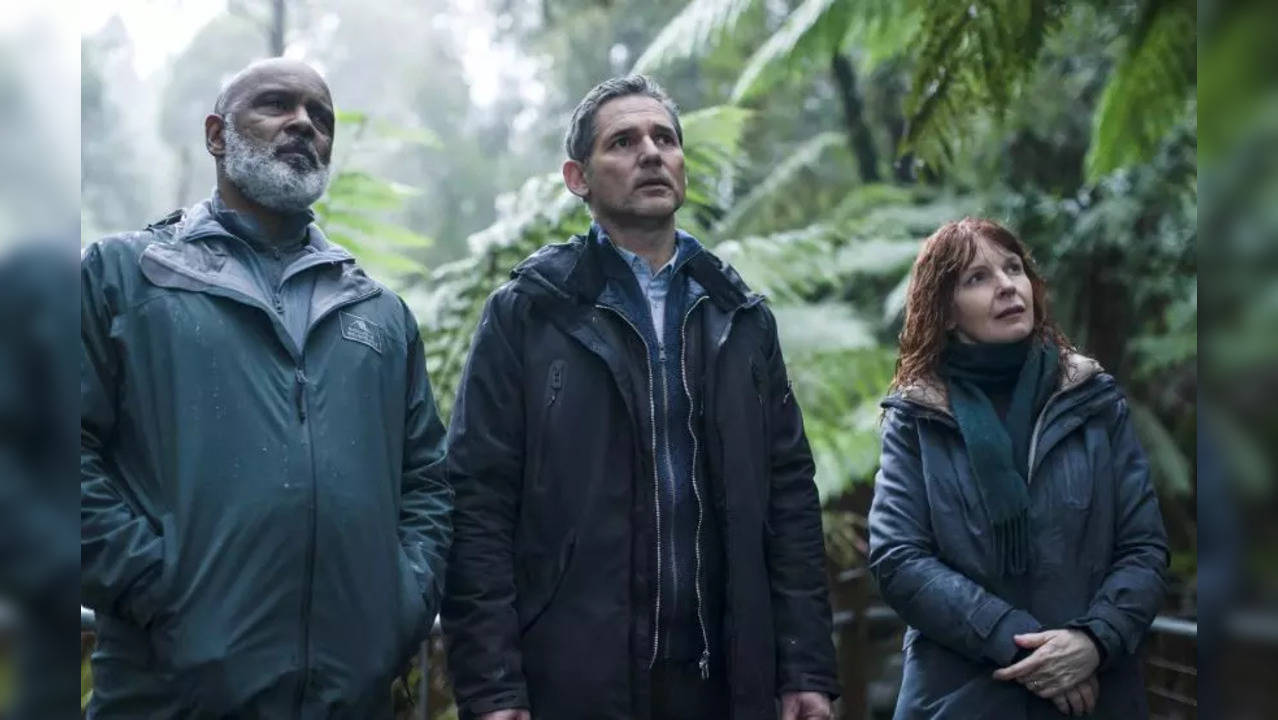Force Of Nature, The Dry Part 2, Too Dry, Too Distant To Be A Force
Force of Nature, directed by Robert Connolly and billed as The Dry Part 2, derives its suspense from Jane Harper's novels featuring detective Aaron Falk, portrayed by Eric Bana. However, the film's execution falls short, akin to casting serious actors in trivial roles that fail to showcase their true abilities.

Force Of Nature, The Dry Part 2, Too Dry, Too Distant To Be A Force
Robert Connolly’s Force Of Nature, The Dry Part 2 teases its nominally suspenseful plot from Jane Harper’s series of dark novels about the investigations of a burnt-out cop Aaron Falk, played in the film by Eric Bana, who is to crime investigation what Robert de Niro is to the romcom: serious actors put in seriously flimsy issues which do no justice to their stature or talent.
Not that Bana is a De Niro. But given a meaty role he can chew it to the bones. Force Of Nature, the Dry Part 2 (honestly, who would be tempted to watch a film with a name as dry as this?) is far less intricately plotted than the first film The Dry which had its cop-hero Aaron Falk returning to his hometown in Australia to solve a series of murders.

While the first film had its own problems of pacing and character development, this one has neither problem to face, as the characters do not grow; they groan under the weightlessness of their complicated existence.
Not one character in Part 2 speaks to us beyond the wordswe hear them mouth on the screen as though by rote. The performances are eitherstilted or grappling with issues of flimsiness.
As for the pacing, the plot plods along like a lumbering elephant in a thick forest which is where five ladies out on a trekking vacation meet their nemesis. One of them Alice(Anna Torv) vanishes mid-way, as though she got bored of being part of an expedition that isn’t going anywhere. Not really, Unless you think a jumpy narrative compounded by a cinematography(by Andrew Commis) that favours fuzziness over lucidity ,is a sign of positive movement.
In the flashbacks the four ladies who came back from the expedition without the fifth, recreate the events leading up to Alice’s disappearance. Bana’s Aaron Falk has to be a good listener. And if he seems so distracted, how are we expected to feel involved?
Fallaciously, Alice’s disappearance isaffiliated to strands and subplots which are just not interesting enough to qualify as cliffhangers. To take an example, Falk’s mother too had disappeared in the jungles. I am sure she found Alice in blunderland. As for the audience do we care?
This is a misfired cliffhanger .Sure, there are many cliffs in the plot but none that we are inclined to hang on to. The disappearance of a character was a theme that needed a much more convincing and coherent closure than what we get.
Unless you are a hopeless sucker for thrillers it is best to leave this film alone. Better to watch Part 1. Or better still watch Peter Weir’s brilliant 1975 Australian thriller Picnic At Hanging Rock where during a girls’ expedition into the mountains , there is a disappearance.
And we cared. Here, we don’t give a damn.
Trending:
End of Article
Subscribe to our daily Entertainment Newsletter!
Related News





Aasaikku Alavethu, First Single From Vasanth Ravi’s Weapon Is Out!

Divya Agrawal-Apurva Padgaonkar's Wedding Album Is Filled With All Things Mushy - Watch Here

Mammootty, Raj B Shetty Battle It Out In New BTS Video From Turbo

Varun Dhawan-Natasha Dalal Welcome Baby Girl: Dadi Dhawan Treats Paparazzi To Sweets. WATCH

Film Industry Colleagues Congratulate Pawan Kalyan On His Magnificent Win At Pithapuram










